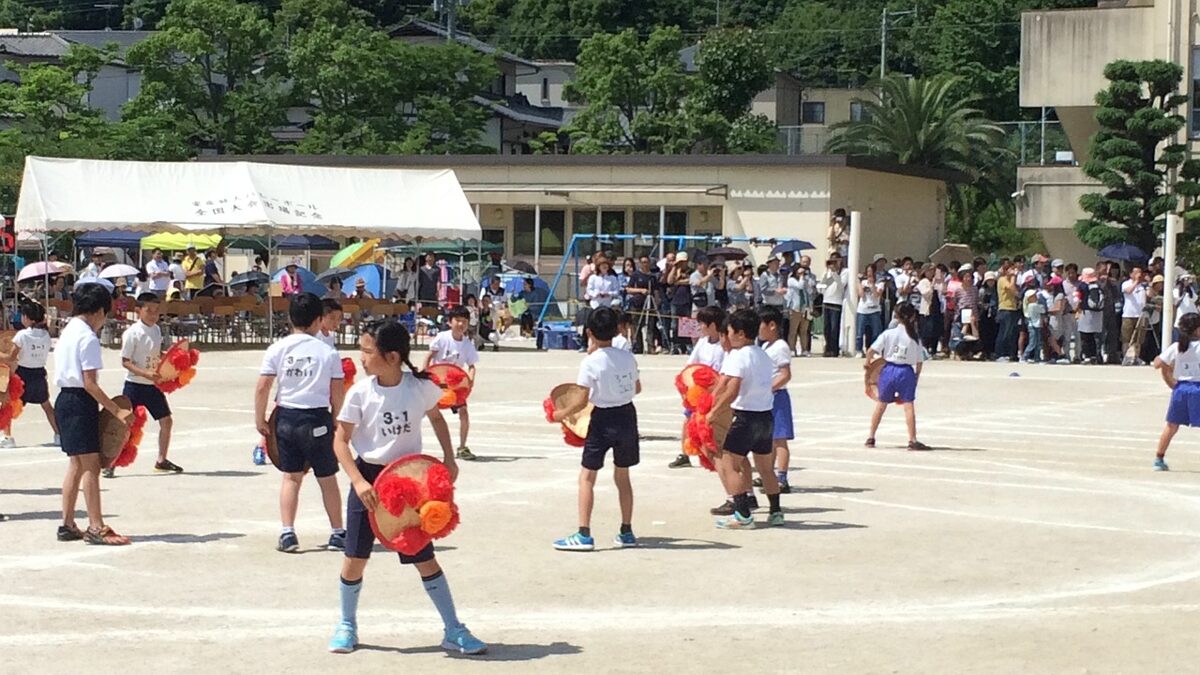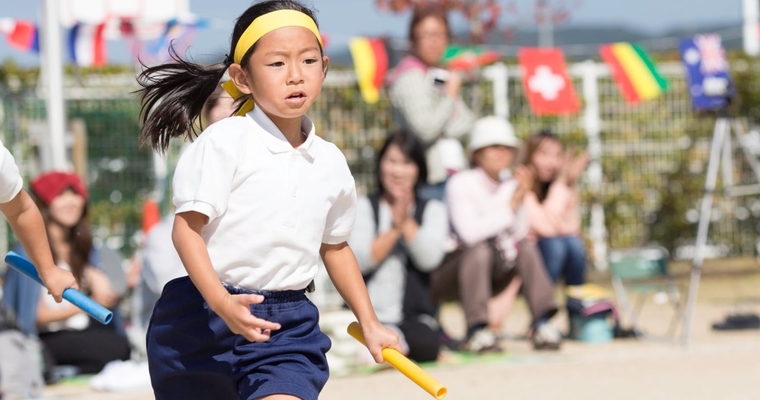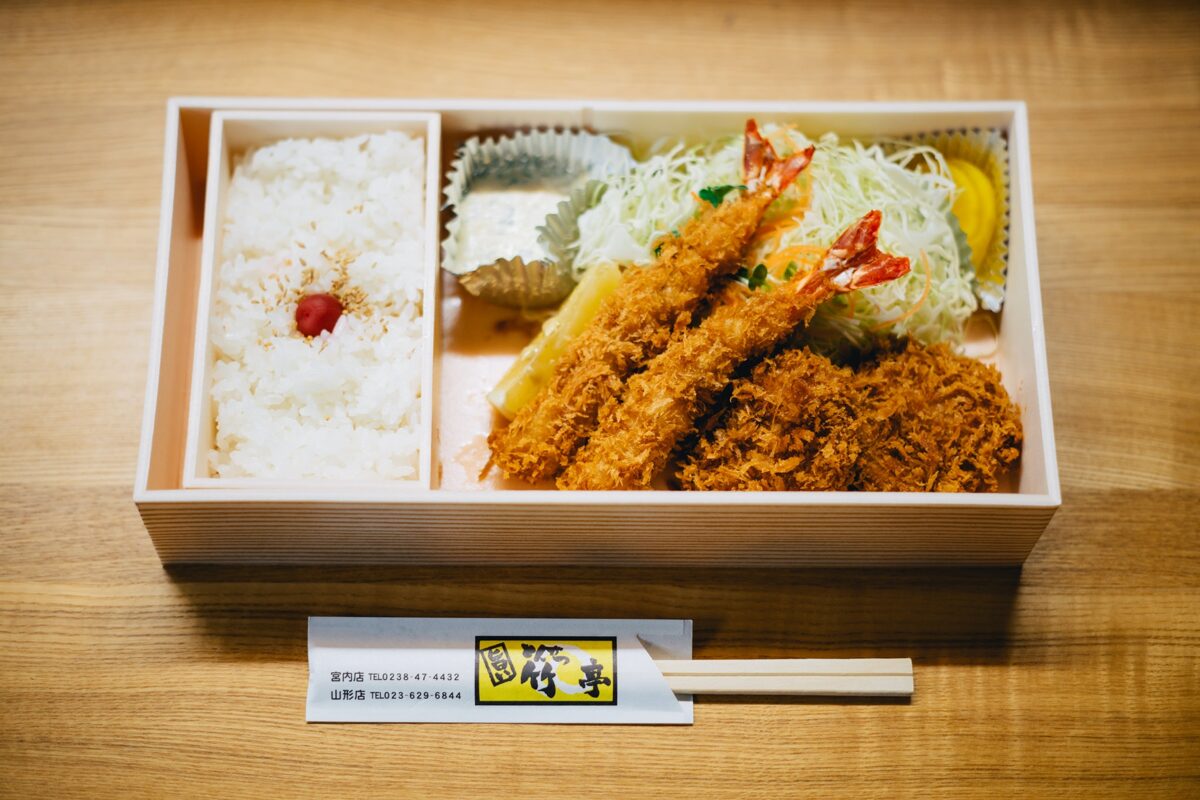How Does The Sports Day ⛹️♂️ in Japan Look like?
Once a year in October, Japanese elementary schools hold an event called undōkai, or “sports day.”
Sports Day, formerly known as Health-Sports Day, is celebrated in Japan on the second Monday of October every year. This year, the day falls on October 10. The aim is to promote sports and an active lifestyle to ensure a healthy mind and body, and it commemorates the opening of the 1964 Summer Olympics held in Tokyo. This day is used by many schools and businesses to hold their annual Field Day or undōkai. It typically consists of a range of physical events ranging from more traditional track-and-field events such as relay races to more uncommon events such as the tug of war and the ‘Cavalry Battle.’
 How does a sports day look like in Japan?
How does a sports day look like in Japan?
The event is sort of a big deal in Japan. The undōkai at a elementary school usually starts just before nine with an opening ceremony and the unveiling of a quite wordy official slogan—as well as a brief celebrity appearance by the school’s mascot.
Some times the Health-Sport day festival can begins with a parade featuring all the different teams that will be participating, divided by neighbourhood, class, geographic area, or school. A local marching band normally plays, followed by a performance of the national anthem ‘Kimigayo’ and the raising of the Japanese flag. Local officials make speeches to welcome everyone, the people spread across the grounds to stretch, and the events finally begin.
In elementary undōkais the students compete in two teams, the Red and the White team, each with its own indefatigable cheerleading squad decked out in headbands and gloves in their team’s colour. Things kick off with cheerleaders—boys and girls—taking to the centre of the field with taiko drums and the team flag to support their teammates.
The Red Team song in Japanese might look like:
Furē, furē, aka gumi / Furē, furē, aka gumi, go, go, go! / Bokura wa kagayaku, taiyō no yō ni / Moeagaru kibō, chikara ippai ganbarō / Aka, aka, aka, go, go, go / Aka, aka, aka, go, go, go / Moero yo, moero, aka gumi
Translated into English, it’s something like:
Hooray, hooray for the Red Team / Hooray, hooray Red Team, go, go,
go! / Like the sun, we’re burning bright / With blazing hope, we’ll
fight and fight / Red, Red, Red, go, go, go! / Red, Red, Red, go, go,
go! / Keep on burning bright, Red Team!
Did you know? October is an unusually late time to hold the Summer Olympics, but it was chosen to avoid the Japanese rainy season
 The first usually involves groups of four students at a time using a wooden stretcher to transport a
giant red rubber ball. Like other events at the undōkai, this one seemed designed to not only be fun for the participants but amusing for the parents looking on; the enormous rubber ball was a nice touch. It is a very unusual sport called ‘oodama okuri’ — where divided into teams, they pass the big ball back and forth above their heads in the shortest possible time.
The first usually involves groups of four students at a time using a wooden stretcher to transport a
giant red rubber ball. Like other events at the undōkai, this one seemed designed to not only be fun for the participants but amusing for the parents looking on; the enormous rubber ball was a nice touch. It is a very unusual sport called ‘oodama okuri’ — where divided into teams, they pass the big ball back and forth above their heads in the shortest possible time.
In celebration of this holiday, many Japanese schools, business and towns hold special Sports Day events including the three-legged race, beanbag toss, and tug-of-war. ‘O-tama’ is also traditionally played. In this unique event, a very large ball is rolled in a relay race.
In between some of the events the students might also perform previously trained performances like a traditional Okinawan dance named Chābirasai or the Nanchū sōran folkdance that originated in Hokkaidō.
However, the highlight of the day is the running races, including the fifth- and sixth-grade relay race that culminates the undōkai. The day ended with a closing ceremony and the unveiling of the final score. A trophy is then bestowed on the winning team, and even the losing White team is handed a “second-place trophy” for its effort.
 Sports Day Bentos
Sports Day Bentos
In addition to watching their kids play, families get to eat Japanese boxed lunches together. Unlike the western school lunch, Japanese mothers painstakingly prepare bento boxes. In fact, oftentimes the bento boxes themselves turn into the highlight of Sports Day.
These elaborate packages should be not only nutritious but aesthetically pleasing, as well. Children’s Bentos often include small portions of seasonal fish and vegetables in addition to a selection of meat, rice, pickles, and other items. Some Bentos, known as kyara-ben, even feature foods that have been shaped to resemble pop culture characters: think rice-based Pikachus with seaweed eyes and crab-stick cheeks; Poké Balls made by sticking half a cherry tomato to half a quail’s egg then winding a strip of seaweed around it, and finally topped off with a smaller circle of cheese.
Create your own Bento with us by following our recipe!

